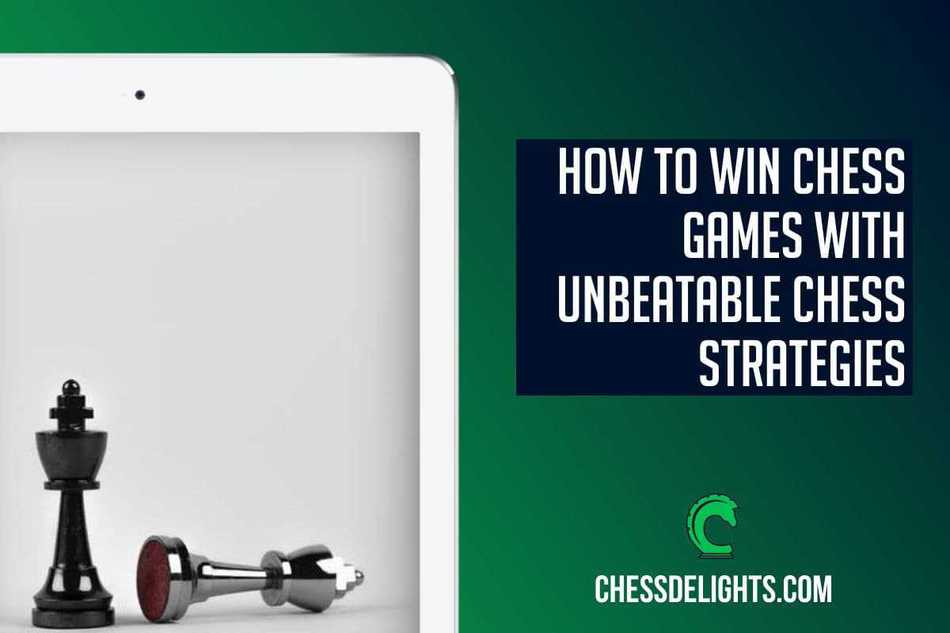My daughter wanted to learn about the best strategy in chess castling.
I just told her that it's always best to castle early…
Because that is what I learned a long time ago… 🙂
But I wanted to be sure that I give my daughter the best answer about chess castling, so I decided to create this quick but useful guide to help other chess beginners learn more about the chess castling.
What is the best strategy in chess castling?
Most chess players recommend studying first the opponent’s moves—how they line up their pieces—before deciding whether to castle and which side to castle on.
Do not castle early in the game in an attempt to hide your King without analyzing first how your opponent would attack your key pieces.
This means that in general, choosing either the Kingside or Queenside castling will mainly depend on the name of the game.
In most situations, Kingside castling is easier and faster to do and is safer to employ.
This will easily safeguard your King and push your Kingside rook to join the battle and attack more of your opponent’s key pieces.
On the other hand, choosing to castle Queenside early in the game can sometimes be considered as an aggressive move because, in untimely situations, paradoxically, it forces your Queenside rook to battle head-on, when other pieces can initiate the early attacks for more strategic gameplay.
You might also like to read this article: How To Teach Chess To A 6-year-old
There are also implications in choosing either Kingside or Queenside castling that you should seriously take into account in your game.
For one, Kingside castling mainly calls for the activation of the rook to the center of the chessboard.
On the other hand, Queenside castling places the King near the center and makes the a1 position defenseless.
The mastery of moves and countermoves is also important when you decide on the type of castling in your game.
You must be attentive enough of your opponent’s moves and attacks.
Castle on the opposite side of your opponent in the board when you plan to put on an attacking game so that you can force the pawns safeguarding his King in front to go into battle.
On the other hand, you can resort to a safer game while your opponent is on the lead by castling on the same side as your opponent.
You will be able to do counter-attacks using this strategy later on in the game.
What is castling in Chess?
Castling is a special move in chess to defend and protect your King.
There are two kinds of castling: Kingside and Queenside.
Whether you choose the one over the other primarily depends on the current play at hand, your strategy for your counter moves and attacks against the opponent and on how you want to defend your King and battle your rook into the game.
There are also both pros and cons in choosing either the Kingside and Queenside castling.
What is the purpose of castling in Chess?
The battle in chess is usually at the center of the board.
Your main goal is to protect and safeguard your King at all costs.
You have to move it to a secure position as much as possible and let your other vital pieces such as the rook join the forces into battle.
Castling, a specific move using the King and the Rook, makes this strategic move possible.
We will discuss how castling works in the game with diagrams of the chessboard illustrating certain gameplays so we can visualize the importance and the rules governing castling better.
First, let us look at the division of the chessboard, which will be very important when we discuss the roles of the two rook pieces in castling.
Also, Check out an article about: 32 Absolutely Useful Chess Game Rules You Need To Know
The chessboard is divided vertically into two: the King’s side, which is located on the right side and the Queen’s side, which is found on the left side of the board.
You need to remember these terms because they are essential in how you will make use of your castling and where you will place your King and either of your rooks.
All chess pieces can be identified not just according to their respective roles and functions in the game; they can also be named based on their position on the chessboard.
Specific chess pieces, which include the Rook, the Knight and the Bishop all have two pieces each and are distributed equally across the board.
These same pieces all have a Kingside and a Queenside piece.
Therefore, your two rook pieces also have a Kingside and Queenside piece, which are both critical for your castling move.

How to properly castle in chess?
Castling involves two steps using your King and your two rook pieces: either your Kingside or Queenside rook piece found on either end of the chessboard.
Let us first look at the original positions of the King and the Rook.
Your King is always initially positioned in e1, and your Rook on a1 and h1.

Castling involves first moving the King.
This is important to remember because when you shift your Rook first, it will automatically mean that you moved it with its original function in chess, not for the intention of castling.
Move your King two squares towards the rook you wish to castle it with.
Remember that this is the only time you can move your King more than one square at a time.
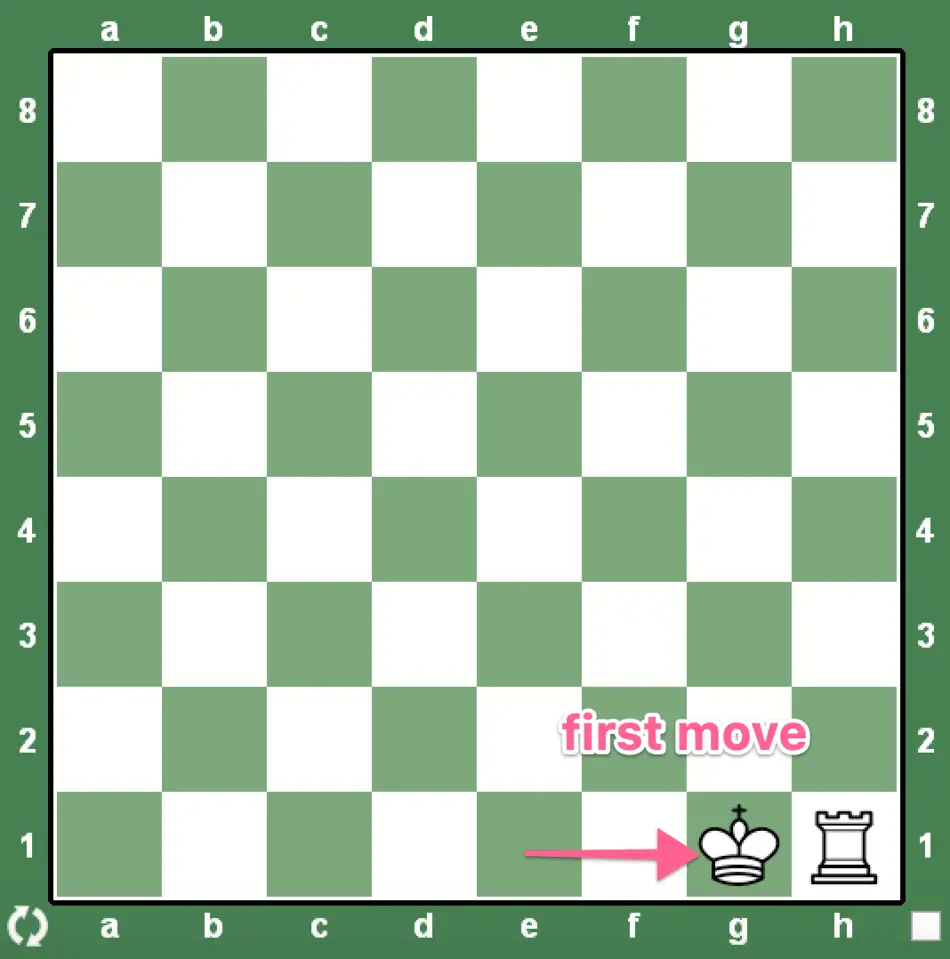
Then take your rook and hop it over the King, placing it on the other side, right beside it.
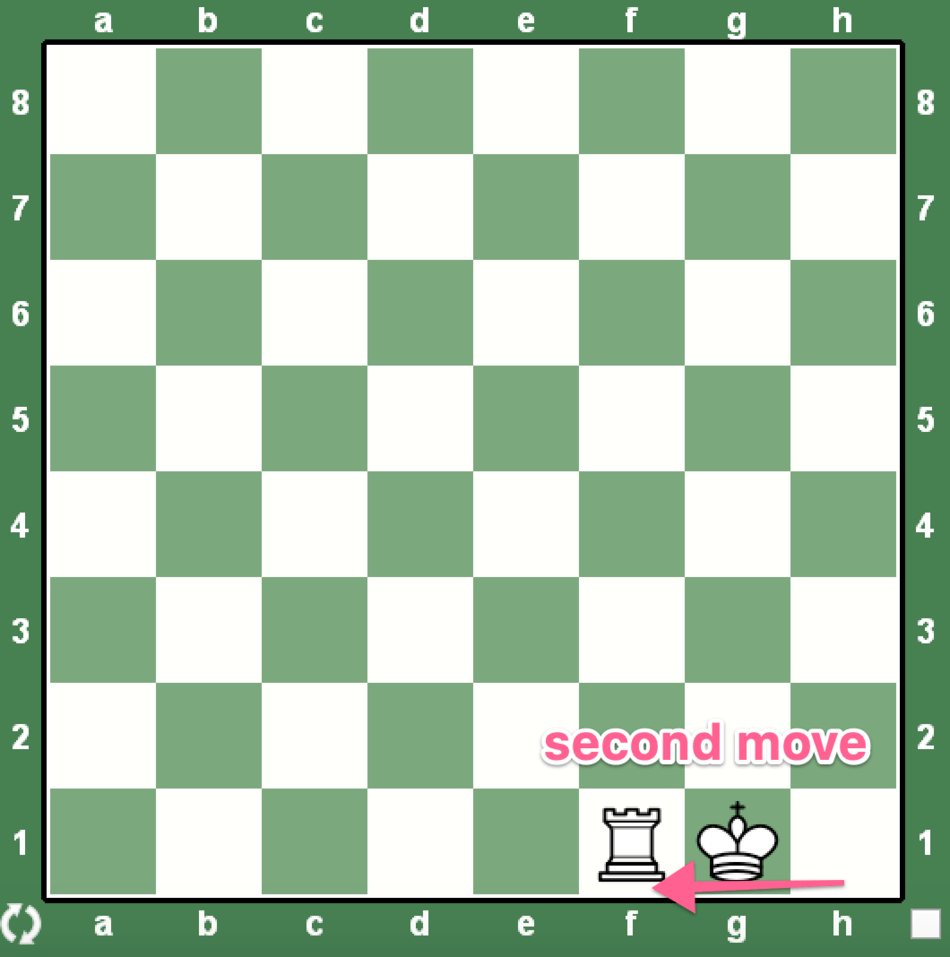
As you can see in the diagram, the King has moved from e1 to g1 and the rook from h1 to f1.
Now there are two ways in which you can castle: the Kingside castling and the Queenside castling.
What you first saw in the sample diagrams is a Kingside castling, because the special move involves the right side or the Kingside of the chessboard.
What is Kingside Castling or Short Castling?
Kingside castling, as we have mentioned, takes place on the right side of the board.
This move is written as O-O, indicating that the King has moved two squares from its original position.
Take a look at the diagram below, and you can see that the King has moved from its original position in e1 to g1 to the right.
Your Kingside rook, on the other hand, has moved two steps from h1 and hopped over to your King to f1. This is also called short castling.
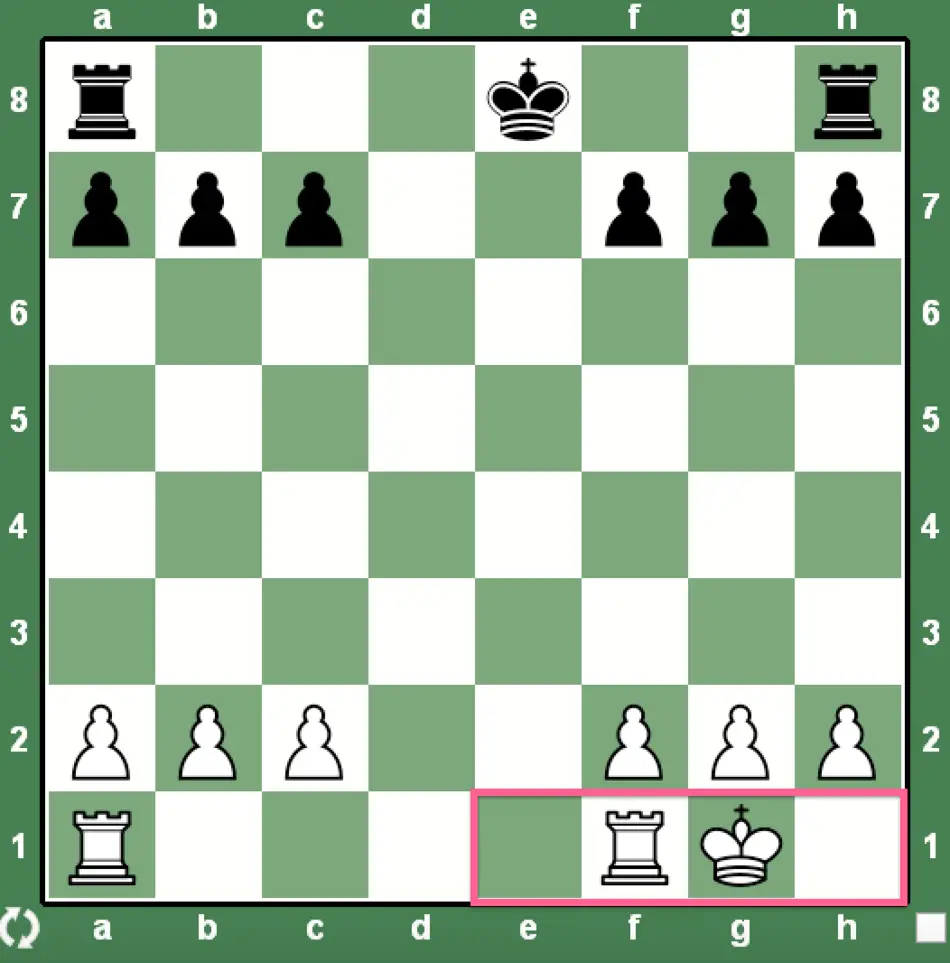
What is Queenside Castling or Long Castling?
Queenside castling, on the other hand, is when you choose to move your Queenside rook and castle it with your King.
Written as O-O-O, it is also called long castling because now you moved your King two squares to the left side of the chessboard and let your Queenside rook hop over the King and place it right beside its Majesty.
This means that from your King’s original position in e1, it has moved to c1 to the left. Your Queenside rook, on the other hand, has moved three squares from its original position in a1, and hopped over to your King to d1.
See the diagram below.

Important Conditions and Rules in Castling
Castling is a critical move in chess to protect your King and keep your game alive to your advantage.
But it is equally important to know the rules that condition this special move and learn both the strategies and consequences of castling.
Basic Rules
1. All squares in the castling position must be available and empty.
When you decide to castle in the game, you have first to make sure that all the squares between the King and either the Kingside or Queenside rook are empty.
This means that you cannot make this move when there is an intervening chess piece on the side of the chessboard where you wish to castle.
Study the diagram below:
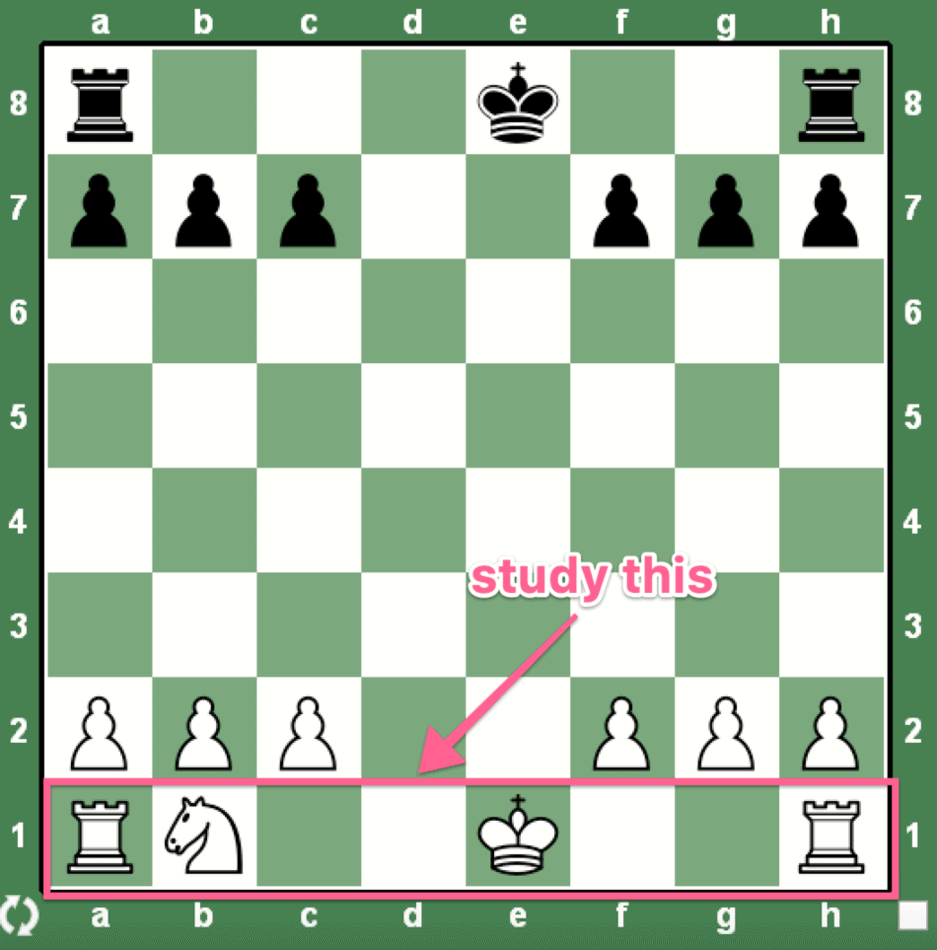
As you can see in this illustration, the White player in the chessboard can castle Kingside because the castling positions are all empty and available.
On the other hand, he cannot castle on the Queenside because he still has a knight that he has not yet moved in b1.
2. You cannot castle twice.
You may think that you can castle twice because you have two available rook pieces.
However, this is not possible even if you have managed to place your King back to its original position in e1 and you have not yet moved either Kingside or Queenside rook as well.
You can only castle once.
This is a special move that you should also consider to be a strategic one to safeguard your King and to put your rook into play at the center of the chessboard, so it’s not something that you should take advantage of as well.
Castling rules involving the King
1. You cannot castle your King if you have moved it previously.
Just as with the rook, your King is no longer licensed to castle if you have moved it in another position in your chessboard.
You may transfer it back to its original position, but you still cannot castle it with either of your rooks.
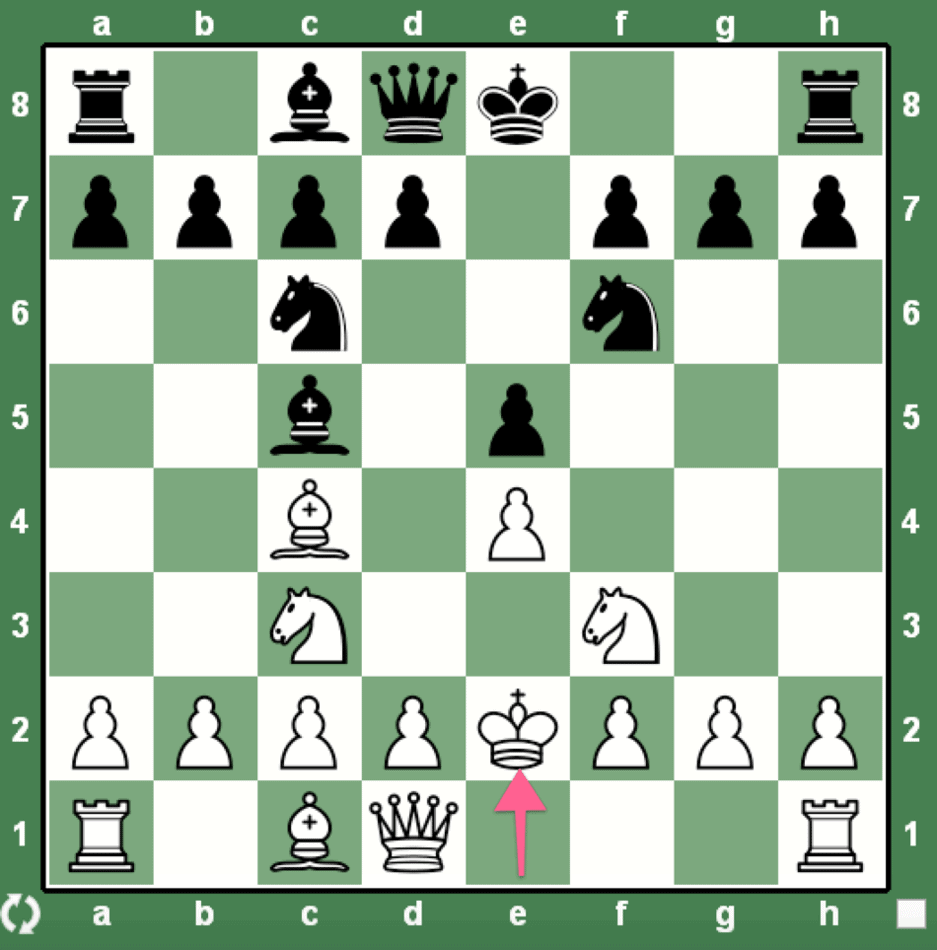
You can see in the diagram above that White player’s King can no longer do a kingside castling because he has moved it into play from e1 to e2.
2. You cannot castle your King when it is in check.
Unfortunately, you cannot turn to a castling move to escape your opponent’s check on your King if that time arrives.
This means that when your King is in check, you have to move your King away from the checking position and would not warrant you to make this move by castling it with either your Kingside or Queenside Rook.

This diagram shows that as long as White’s King is in check by the opponent’s rook, a chess player cannot castle.
However, if he could find a way to protect his King by an attack or a block and without moving the King, he can still castle on a next move.
3. You cannot castle your King if you would place it under check.
You cannot position your King through castling in a place where it would be under fire by the opponent.
This means that when an opponent’s chess piece covers the square position in which the King would be placed upon castling, then definitely you cannot move your King there.
Otherwise, you would automatically be in check.
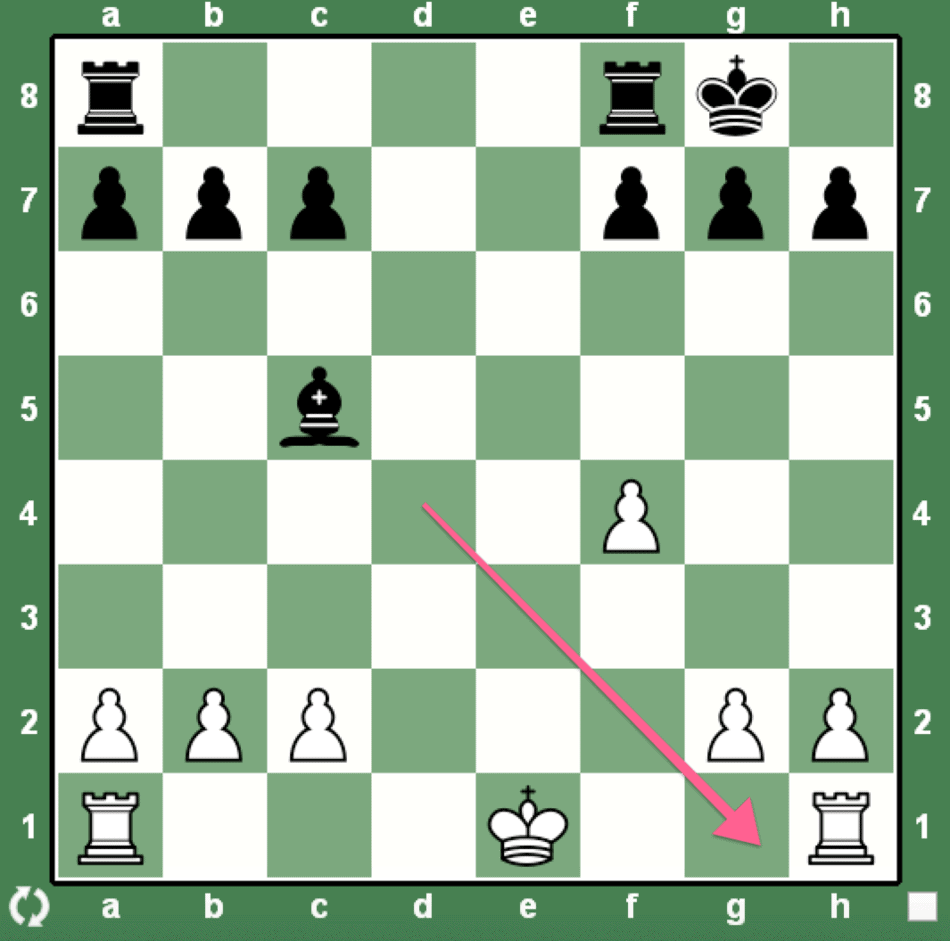
This sample chess game shows that White’s King cannot castle Kingside because placing it in g1 position would open it to being checked by the opponent’s Bishop.
You may also be interested to learn more about “chess positions“
Castling rule involving the Rook
1. You cannot castle your rook if you have moved it previously.
One thing you need to remember in castling is that it strictly involves moving the two chess pieces not just in their original but in their initial positions.
This means that when you have moved either your Kingside or Queenside rook to battle, you cannot use it anymore to castle with the King, even if you have moved it back to its original position.
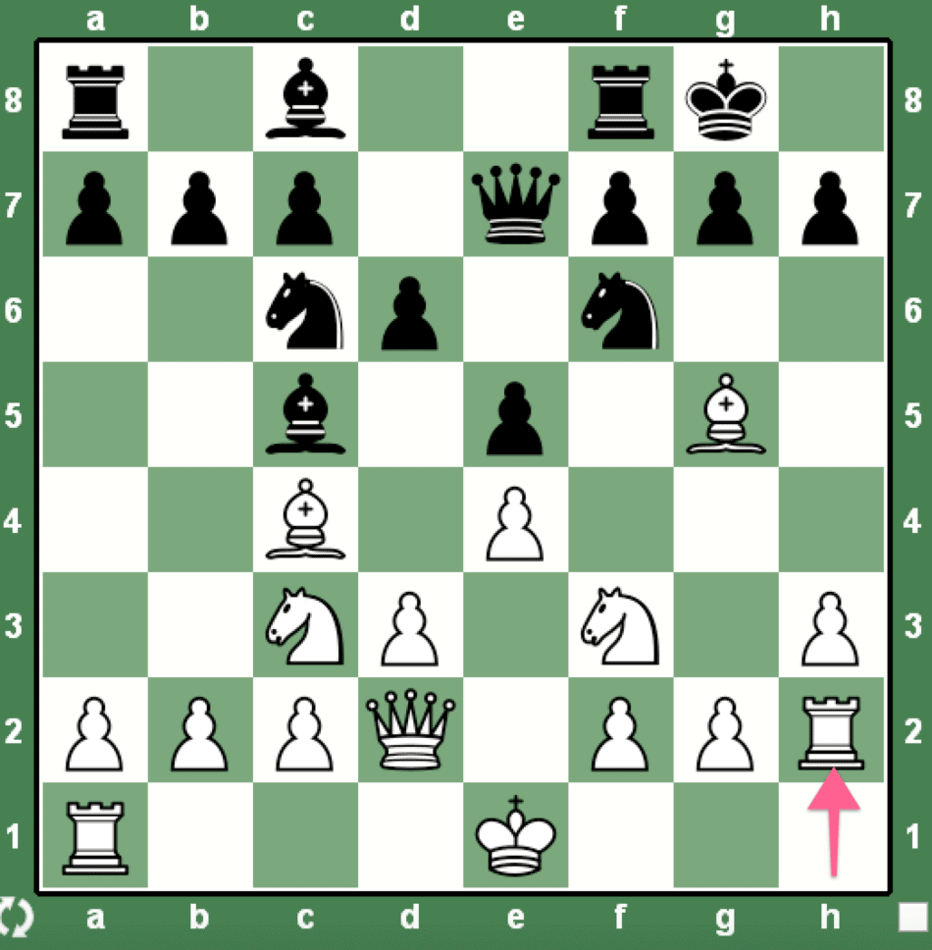
As you can see in this sample chessboard game, the White player has decided to move his Kingside Rook and therefore cannot use this piece anymore to castle.
On the other hand, observe that he can still castle with his Queenside rook because he has not yet moved it at all.
This is just a necessary alternative you can see and do in a sample game.
Of course, the White player must have his reasons for moving his Kingside Rook given the circumstances of the game, and there are still advantages and disadvantages that should be taken into account when choosing either the Kingside or Queenside castling.
You may also want to read our article about “can you undo a move in chess“
Wrapping Up
The best strategy in chess castling will depend on the situation of the chess game.
I'm not a chess expert, but I always tell my daughter that it's still excellent and safe to castle early, but because of the research that I have done for this article.
I might say to her some other strategy from now on… 🙂
If you find this useful, please do share it with your friends or family who loves chess! Appreciate it!
Have fun learning chess!
Also: Don't forget to check out ChessDelights Chess Recommendations here


